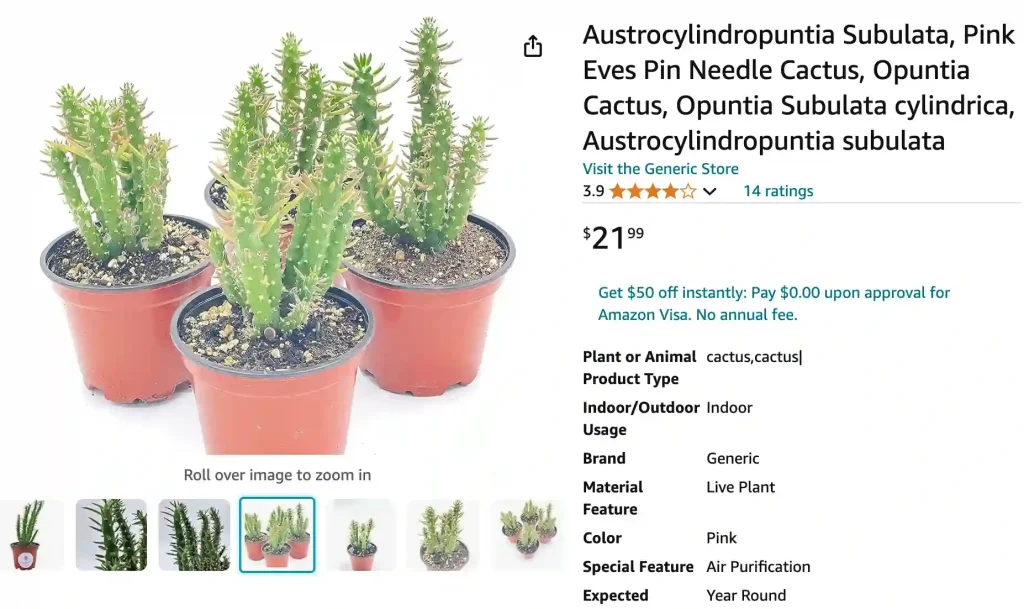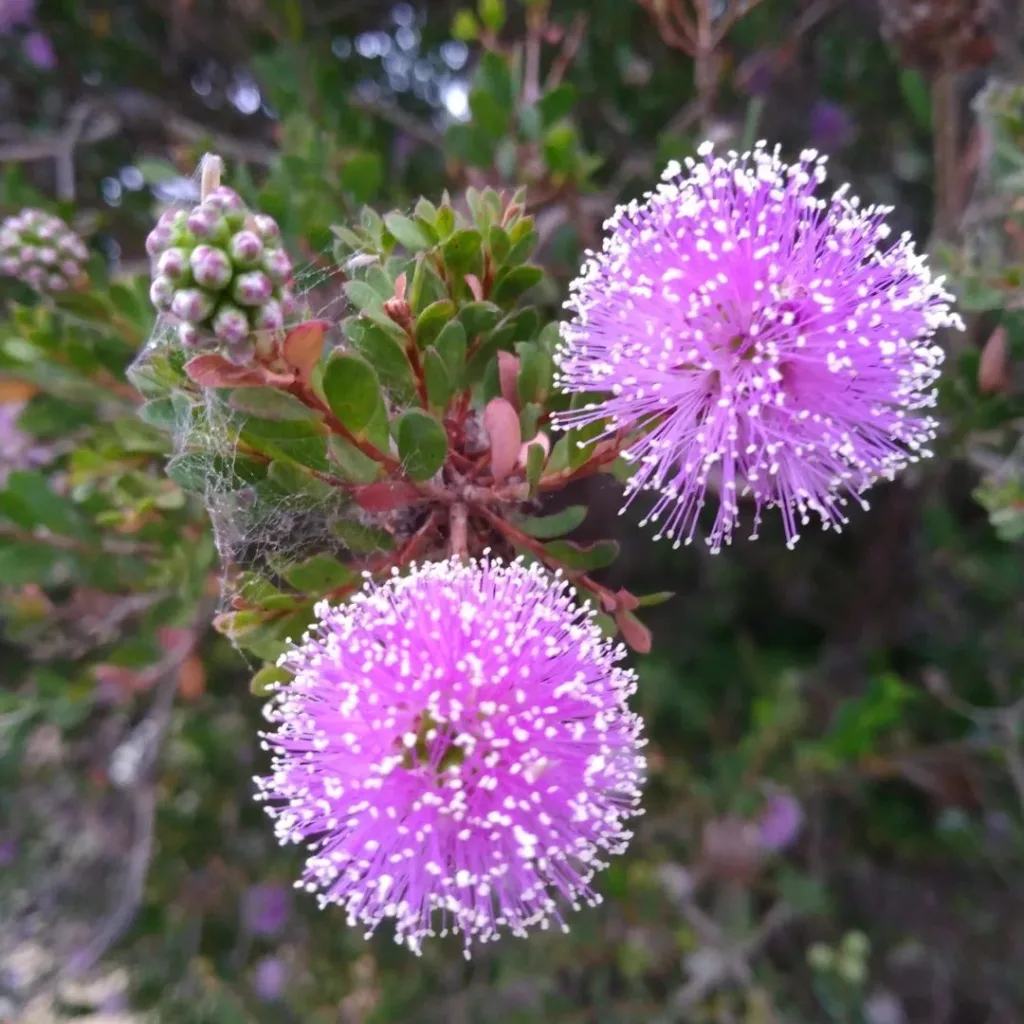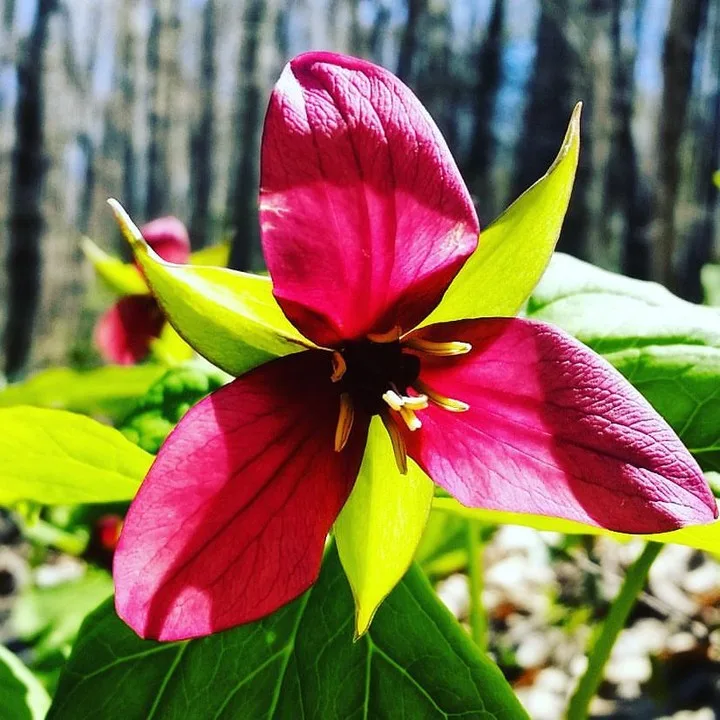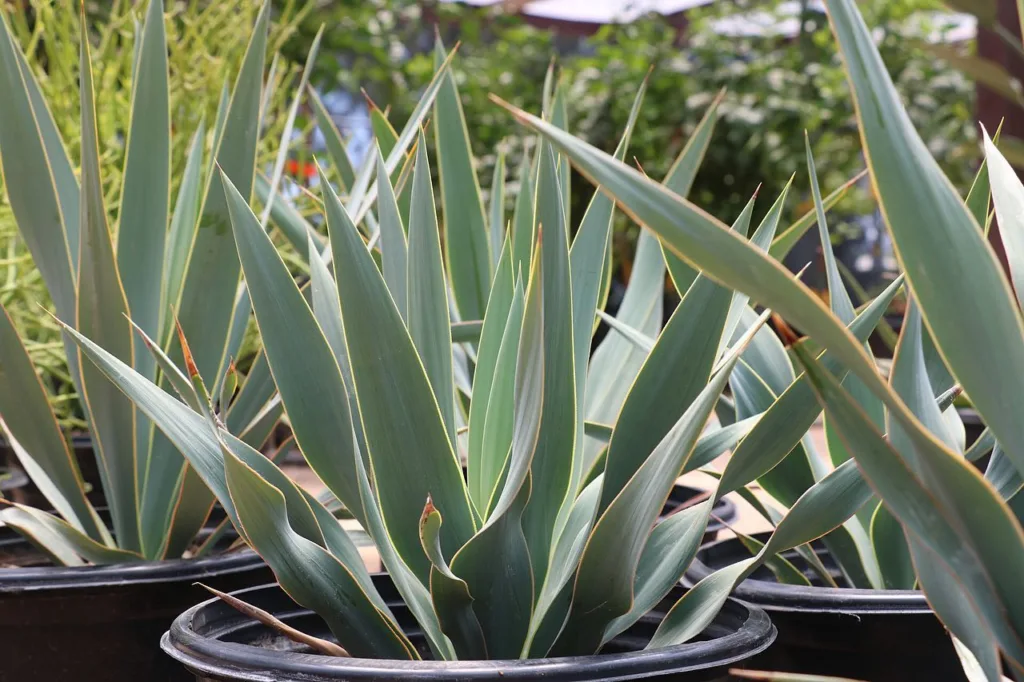
FAQs About Austrocylindropuntia Subulata
As someone who has spent quite a bit of time growing and caring for Austrocylindropuntia Subulata, I’ve come across many questions and concerns from fellow plant enthusiasts. This fascinating cactus, often known as the “Ethiopian Pyramid Cactus” or “Subulata,” is a resilient plant but does have its quirks. If you’re considering adding one to your collection or if you’re already a proud owner, here’s a comprehensive guide to answer your most pressing questions.
7 Species in Genus Austrocylindropuntia
What Is Austrocylindropuntia Subulata?
Austrocylindropuntia Subulata is a type of cactus native to South America, specifically the Andes. It’s known for its tall, columnar shape and unique appearance, often featuring multiple branches that resemble a pyramid. The cactus can grow up to 6 feet tall in the wild but usually remains more compact when grown indoors.
How to Care for Austrocylindropuntia Subulata?
Caring for Austrocylindropuntia Subulata is relatively straightforward. This cactus thrives in bright, indirect sunlight. While it can tolerate direct sun, especially in cooler climates, too much direct sunlight can cause sunburn. Watering should be infrequent; let the soil dry out completely between waterings. Overwatering is a common mistake and can lead to root rot. In winter, reduce watering even further as the plant enters a dormant phase.
The plant prefers well-draining soil, such as a cactus mix with added perlite or sand. It’s also crucial to ensure good airflow around the plant to prevent fungal infections.
How to Propagate Austrocylindropuntia Subulata?
Propagation of Austrocylindropuntia Subulata is usually done through offsets or cuttings. To propagate from offsets, gently remove the small shoots from the main plant, allowing them to dry out for a few days. Once the cut surfaces are calloused, plant them in a well-draining soil mix. Keep the new plants in a warm, bright location until they establish roots.
For propagation via cuttings, take a healthy segment of the cactus and let it dry out for a few days. Plant the dried end into the soil, and wait for new roots to develop. It’s essential to be patient, as cactus cuttings can take several weeks to root.
What to Plant With Austrocylindropuntia Subulata?
Austrocylindropuntia Subulata pairs well with other cacti and succulents in a desert-themed garden. Consider combining it with species like Echinocactus Grusonii (Golden Barrel Cactus), Opuntia (Prickly Pear), or other low-maintenance succulents such as Sedum or Sempervivum. These companions share similar light and soil requirements and create a visually appealing contrast with the Subulata’s tall, columnar shape.
Can You Grow Austrocylindropuntia Subulata Indoors?
Yes, Austrocylindropuntia Subulata can be grown indoors, provided it gets sufficient light. Place it near a south-facing window where it can receive plenty of indirect sunlight. Indoor conditions might necessitate a bit more attention to humidity and temperature, but with proper care, it can thrive indoors just as well as it does outdoors.
How to Revive an Austrocylindropuntia Subulata Monstrose?
Reviving a struggling Austrocylindropuntia Subulata Monstrose involves a few critical steps. First, assess the plant’s environment: ensure it’s getting enough light and isn’t sitting in overly moist soil. If the soil is too wet, let it dry out completely and reduce watering frequency.
Check for signs of root rot by gently removing the plant from its pot and inspecting the roots. Healthy roots should be firm and white, while rotting roots will be brown and mushy. Trim away any damaged roots and repot the plant in fresh, well-draining soil.
If the plant is suffering from sunburn or pest issues, adjust its placement and address any infestations promptly. With a bit of patience and care, your Monstrose can make a full recovery.
Is Austrocylindropuntia Subulata Toxic?
Austrocylindropuntia Subulata is not known to be toxic to humans or pets. However, its spines can cause irritation if touched, so it’s wise to handle the plant with care. Keep it out of reach of children and pets to avoid any accidental contact with the spines.
Benefits of Austrocylindropuntia Subulata
Beyond its striking appearance, Austrocylindropuntia Subulata offers several benefits. It’s an excellent choice for xeriscaping due to its drought tolerance and low maintenance needs. It can also help purify indoor air by reducing carbon dioxide levels and releasing oxygen.
Common Problems with Austrocylindropuntia Subulata
Common issues include overwatering, which can lead to root rot, and sunburn from excessive direct sunlight. Pests such as spider mites and mealybugs can also be a problem. Regularly inspect your plant and adjust care as needed to keep it healthy.
Comparison with Similar Plants
Austrocylindropuntia Subulata is often confused with similar cacti like Opuntia (Prickly Pear) or Cylindropuntia (Cholla). Unlike Opuntia, which has flat pads, the Subulata has columnar stems. Compared to Cylindropuntia, which tends to have more pronounced spines, the Subulata’s spines are relatively less noticeable and more manageable.
In summary, Austrocylindropuntia Subulata is a fascinating and resilient cactus that can make a unique addition to your plant collection. By understanding its care needs and addressing common issues, you can enjoy its striking form and minimal maintenance requirements.
If i die, water my plants!



